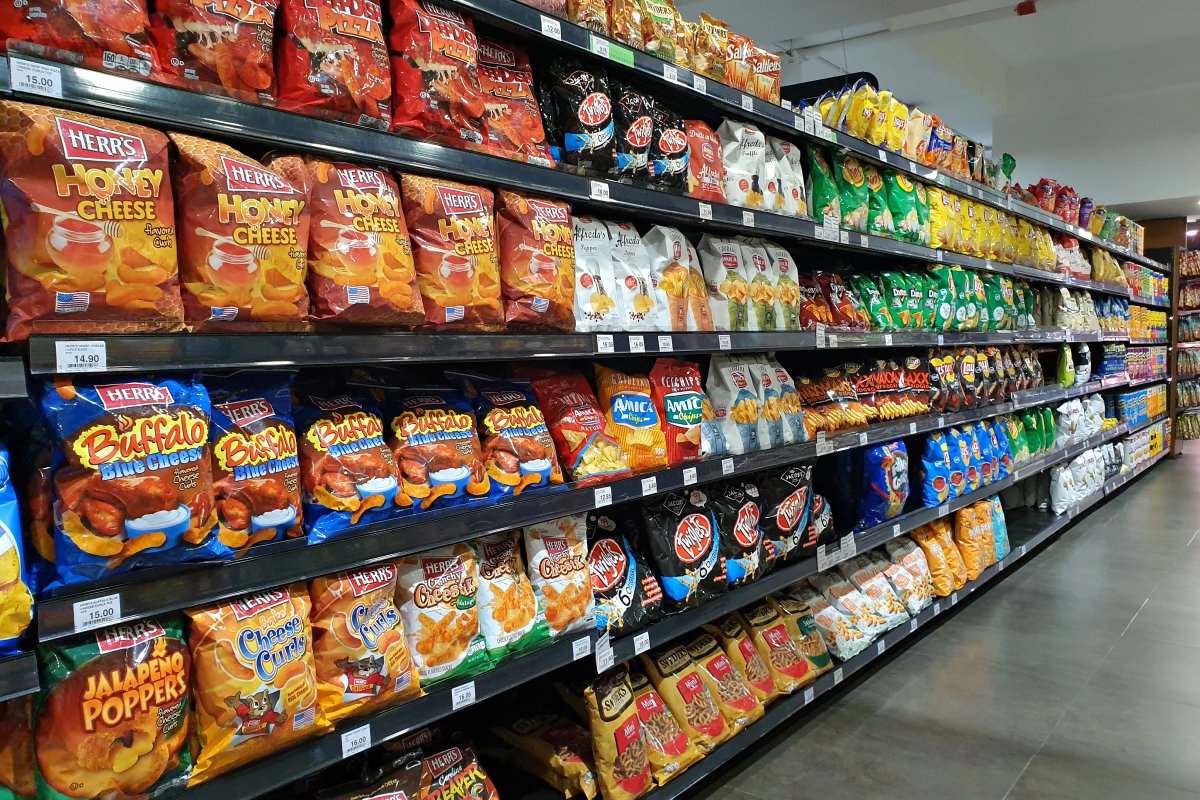Ultra-processed foods have become a staple in many diets, but their health impacts are alarming. From obesity to heart disease, the negative consequences of these convenience foods are driving a public health crisis.
Defining Ultra-Processed Foods

Ultra-processed foods are industrial formulations typically with five or more ingredients, including additives like preservatives, sweeteners, and artificial colors.
Think sodas, packaged snacks, and ready-to-eat meals. A study in the BMJ found that these foods contribute significantly to poor diet quality and health outcomes.
Health Impacts

Regular consumption of ultra-processed foods is linked to numerous health issues.
Research published in The BMJ found that diets high in ultra-processed foods are associated with increased risks of obesity, type 2 diabetes, and cardiovascular diseases.
The study highlights that every 10% increase in the consumption of ultra-processed foods raises the risk of heart disease by 12%.
The Marketing Machine

Aggressive marketing tactics by food companies, often targeting children, exacerbate the problem.
The World Health Organization (WHO) reports that children are especially vulnerable to marketing, which influences their food preferences and consumption patterns.
Such findings raise ethical concerns about the food industry’s role in the public health crisis.
Government Regulations

To combat the rise of ultra-processed foods, governments worldwide are implementing regulations.
Countries like Chile and Mexico have introduced warning labels on unhealthy foods, while the UK is considering a ban on junk food advertising before 9 PM.
These measures aim to reduce consumption by increasing public awareness.
Consumer Awareness

Public education campaigns are vital in changing dietary habits. Initiatives like Canada’s Food Guide emphasize whole foods over ultra-processed ones, encouraging people to choose fruits, vegetables, whole grains, and lean proteins. Consumer advocacy groups are also pushing for clearer labeling and transparency about food contents.
Economic Factors

The affordability and convenience of ultra-processed foods make them attractive, especially for low-income families.
Addressing economic disparities by subsidizing healthy foods and improving access to fresh produce can help shift dietary patterns.
The American Journal of Clinical Nutrition suggests that economic incentives are crucial for encouraging healthier eating habits.
The Role of Technology

Technological advancements are paving the way for healthier alternatives.
Start-ups are developing plant-based and lab-grown foods that mimic the taste and texture of traditional ultra-processed foods but with better nutritional profiles.
Innovations in food technology could offer a solution to the current health crisis.
Community Efforts

Community initiatives like urban farming and local food co-ops are gaining traction. These programs provide access to fresh, local produce and educate people about the benefits of whole foods.
According to the Journal of Agriculture, Food Systems, and Community Development, such initiatives have a positive impact on community health and well-being, improving access to nutritious food and fostering a stronger sense of community.
In Summary

Reversing the junk food epidemic needs an all-out assault: tough regulations, better public education, smart economic incentives, and cutting-edge tech solutions. Making healthier choices easier and more appealing is key to fighting the health crisis junk food has created. It’s time to prioritize our health over convenience and demand better from the food industry.
Featured Image Credit: Shutterstock / TY Lim
For transparency, this content was partly developed with AI assistance and carefully curated by an experienced editor to be informative and ensure accuracy.





